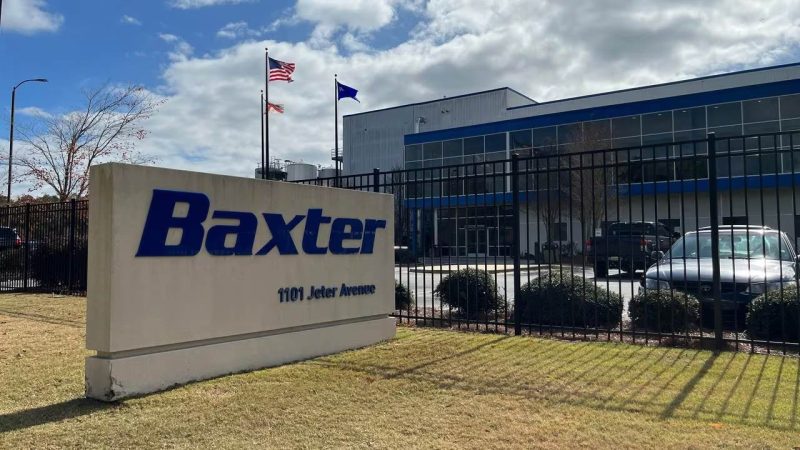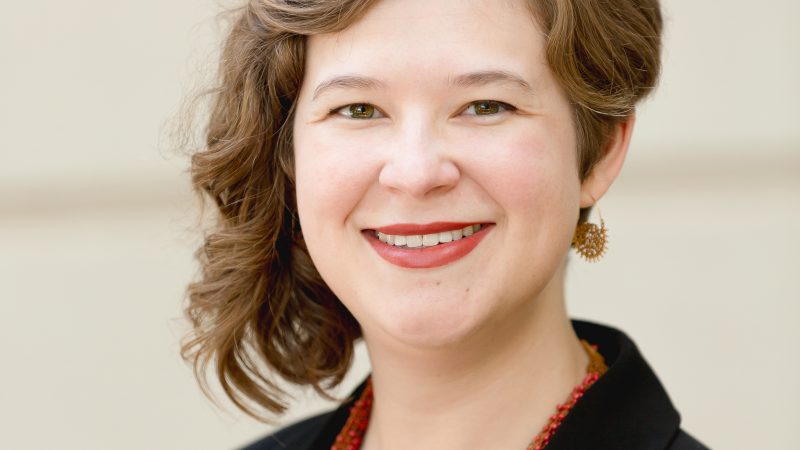Baxter Healthcare Corp. accepted about $3.3 million in state and local government incentives tied to the expansion of its Alabama plant. In exchange, the company agreed to hire and keep at least 200 employees through last year.
This month, with the decade-long deal done, the company is closing the facility in Opelika and laying off 459 employees. So was this a good deal for Alabama? For Opelika?
“No question about it. It’s a huge capital investment,” Gary Fuller, Opelika’s mayor, told AL.com on Wednesday, emphasizing that the city’s incentives were performance-based. “It was an excellent arrangement for us.”
The small city paid Baxter $1.3 million in cash incentives over the last eight years, in addition to providing other tax breaks, according to city records obtained by AL.com.
The medical device manufacturer also received $2 million from the state, said Stefania Jones, spokeswoman for the Alabama Department of Commerce.
Representatives for the Commerce Department didn’t respond to specific questions about the impact of the incentives given the closure, though Jones said that Alabama and Baxter “fulfilled their obligations in the agreement.”
Fuller pointed to two ways the city directly benefited from Baxter’s presence: education-related taxes, which he said supported Opelika city schools, and the city’s occupational license fee, for which the city collects 1.5% of payroll.
Baxter was eligible for more than $5 million in total cash incentives through its decade-long agreement with Alabama, Opelika and Opelika Industrial Authority, per a copy of the original 2014 agreement. In exchange, Baxter invested $270 million into expanding the facility that’s operated since the early 2000s, doubled the existing space to 400,000 square feet and doubled its workforce to 350 employees.
As of Nov. 30, Baxter is laying off hundreds more employees than it was incentivized to hire. That’s per a WARN notice reported Sept. 27, which major employers are legally required to file to notify the state that it plans to cut a lot of jobs. The company reported to Opelika that it employed 564 full-time workers at the Alabama plant, as of June 2022, per a company memo obtained by AL.com.
Sam Addy, a senior research economist who has served on committees reviewing the state’s incentive program, said that the Departments of Revenue and Commerce examine what a company like Baxter presents early on while making incentive agreements.
“They get [incentives] for when they are meeting the terms on an annual basis, so we don’t lose out,” he said. “The main risk is, do they get successful enough to stay?”
Greg LeRoy, executive director and founder of Good Jobs First – a watchdog group for state and local economic development subsidies – said Alabama and Opelika could’ve made a stronger deal. The agreement could’ve required a longer maintenance period than the incentives and tax credit period, he said.
“Business basics drive these decisions, not incentives. In this case, obviously, the incentives apparently don’t matter, or marginally, because even if the company had left earlier they wouldn’t have had to pay back very much and still got a lot of benefits.”
The bigger question, he said, is: “Why isn’t Opelika sticky enough for this company to stay?”
Addy, who is also associate dean for economic development outreach at the University of Alabama Culverhouse College of Business’ Center for Business and Economic Research, noted that Baxter progressed further than some other companies have before closing. He pointed to the state’s “pay-as-you-go” incentive program as why it’s successful, as opposed to handing over the incentives up front.
“As a whole program, it’s really good. The ROI on it is very high,” he said. “But you will always find single firms that don’t achieve success as we wanted.”
Why Baxter’s plant is shutting down
The company announced the closure of its plant in July, blaming the closure on rising costs of production and a competitive market. The facility in Opelika’s Fox Run Business Park produces dialyzers used in the treatment of advanced kidney disease.
After layoffs, Baxter will shut down all operations of the plant during the first half of next year, a company spokesperson said in an emailed statement to AL.com. The spokesperson declined to comment on the incentives. In the meantime, the company said it’s offering employees severance packages and assistance programs as well as connecting employees with other jobs within the company.
“This decision was made with considerable thought for our employees, the Opelika community and our patients and customers, and only after exploring other options,” the spokesperson said. “Based on the strength of the Opelika community and its talented workforce, we are exploring possible alternative uses for our facility in the future, but don’t have anything specific to share at this time.”
Baxter International Inc. also pointed to the global competition of the dialyzer market in its quarterly report posted July 27, for the three-month period ending June 30. “We believe that there is more than adequate availability of dialyzers in the United States and globally,” the company said in the financial report.
It’s unclear what will happen to the plant. Fuller said he’s asked corporate leaders at Baxter about that, noting that the plant’s design is specific to medical or pharmaceutical production.
“The company has been pretty close-mouthed of what their intentions were with the facility,” he said. “That’s a lot of money sitting there on that piece of property.”
In the meantime, Fuller said he hopes to recruit more companies to the city – including one that could be interested in taking over the facility. The city’s current top employers include the hospital East Alabama Medical Center, auto parts manufacturer Mando America Corp., vitamin producer Pharmavite, meat processor Golden State Foods and bottling plant Niagara Bottling.
Opelika is working with Southern Union State Community College, Baxter, Alabama Industrial Development Training – the state’s workforce agency – and local employers to host several job fairs for the affected employees, Fuller said.
“Our number one concern is those employees and helping them get situated,” he said. “We’ve got industry in Opelika that definitely needs additional folks, and finding workforce has been a tremendous challenge for us.”
When the original Gambro Renal Products plant first opened in the early 2000s, it was the largest capital investment in Lee County at the time, Fuller said. Baxter Healthcare’s parent company, Baxter International Inc., based in Deerfield, Illinois, acquired Gambro in 2013 and took over the Opelika plant.
The company has recently landed itself more cash in a $4.25 billion sale of its spun-off biopharma solutions business to two private equity firms. The company has two other plants that continue to produce dialyzers in other states. For now, only Baxter’s Alabama facility is closing, per the company.
LeRoy, who previously worked at a grassroots organization to prevent plant closings, said that the closure of the Baxter facility doesn’t make sense to him, pointing to the facility’s recent upgrade and expansion.
“Why can’t they make it there? From the outside, it’s like, what’s going on here? I would love to know the backstory,” he said. “The mysterious press release about global forces, it’s just mumbo jumbo until you unpack it.”
Baxter’s government incentive deal
In addition to cash incentives, Baxter also qualified for millions of dollars in state and local tax breaks from Alabama and Opelika. Lee County didn’t have any agreement with Baxter, per county administrator Holly Leverette.
Alabama also pledged to help with recruitment and training through the state’s workforce agency as well as cover some road improvement costs, provide fast-track permits and help the company qualify for income tax credits and tax exemptions tied to its electricity use. The State Industrial Development Authority also offered to pay $150,000 of the company’s expenses, but a representative said there was no record of that payment to Baxter.
Over the past nine years, Opelika has paid almost all of its incentives that it had originally pledged to Baxter, including milestones in its facility’s expansion, reimbursements for purchases from local vendors, cash tied to hiring goals, tax rebates, and relocation stipends to Baxter managers who moved to Opelika, according to payment records between the city and Baxter.
The city’s most recent check to Baxter was on Sept. 29: a $110,736.80 tax rebate for the prior tax year, according to a review of receipts. The most recent payment from the city tied to Baxter’s employee count came in August 2022, for $70,000.
The Opelika Industrial Development Authority pledged more grants for training opportunities, and entered a ground lease with Baxter for the 10.35 acres of land it needed for its facility’s expansion.
“It bothers me to think of someone being without a job during the holidays,” Fuller said. “I’m just keeping my fingers crossed that Baxter will make us all smile here in a few months with something new and exciting for their Opelika facility.”
By Hannah Denham | hdenham@al.com
© 2023 Advance Local Media LLC. All rights reserved (About Us).










